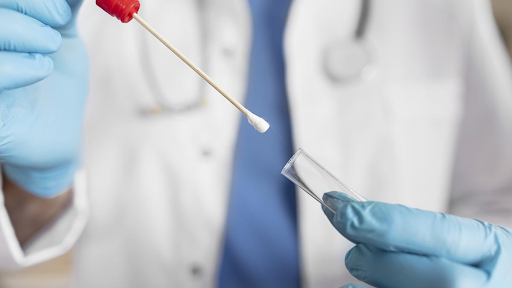



India ranks 130th in the 2025 Human Development Index by UNDP, showing gains in health, education, and income. Life expectancy, schooling, and GNI per capita improved, but gender and income inequalities persist. Despite progress, disparities and regional gaps pose challenges. India's AI potential offers hope amid global development slowdown.

Copyright infringement not intended
Picture Courtesy: BUSINESS-STANDARD
India ranks 130th in the Human Development Index 2025 released by UNDP.
The HDI measures a country’s progress in three key areas:
The United Nations Development Programme (UNDP) publishes this index every year as part of its Human Development Report (HDR).
In 2025, the HDR ranks 193 countries based on their HDI scores, which range from 0 to 1. Higher scores mean better human development.
India ranks 130th out of 193 countries in the 2025 HDR, with an HDI value of 0.685 in 2023, up from 0.676 in 2022. This places India in the medium human development category, and it is moving closer to the high human development threshold (HDI ≥ 0.700).
Health (Life Expectancy):
Education:
Income:
Female labor force participation is low at 41.7% (2025 HDR) compared to 76.1% for men, a gap of 47.8 percentage points.
Women’s political representation is limited, though the 106th Constitutional Amendment (2023), reserving one-third of legislative seats for women, promises change.
Women earn far less, with an estimated GNI per capita of $2,277 compared to $10,633 for men.
Social biases continue: 99.22% of Indians hold at least one bias against women, and 92.39% justify partner violence or deny women’s reproductive rights.
While health and education disparities have reduced, gaps remain, especially in rural areas and among marginalized communities. Subnational disparities show that 70% of Indians are in the medium human development category, but some states lag behind despite economic growth.
|
The UNDP warns that income and gender disparities, if unaddressed, could stall India’s progress. However, initiatives like the Women’s Reservation Bill, PM Mudra Yojana (loans for women entrepreneurs), and Vigyan Jyoti (STEM for girls) aim to bridge these gaps. |
Globally, Iceland tops the HDI at 0.972, followed by Norway (0.966) and Switzerland (0.967). South Sudan ranks last at 193rd with an HDI of 0.388.
The 2025 HDR, titled “A Matter of Choice: People and Possibilities in the Age of AI”, highlights a global slowdown in human development, the slowest in 35 years.

Source:
|
PRACTICE QUESTION Q. Gender discrimination remains a significant barrier to human development in India. Examine the socio-cultural and economic factors perpetuating this issue. 150 words |






© 2025 iasgyan. All right reserved